By Allyn Vannoy
On New Year’S Day 1945, Brig. Gen. Anthony G. McAuliffe, temporary commander of the U.S. 101st Airborne Division, visited the XIX Tactical Air Command (TAC) “Raiders” group. To its commander, Lt. Col. Leslie R. Bratton, he stated, “If it had not been for your splendid cooperation we should never have been able to hold out. We were able to hold the vital road junction at Bastogne with your aid …”
Holding the crossroads town in Belgium had been a key to the Allied success against the German Ardennes offensive, known as the Battle of the Bulge. In the weeks after Bastogne, as the Germans were driven back, the Allied air assault on German forces reached a crescendo when the XIX TAC interrupted German withdrawal efforts on January 22. Attempting daylight operations, the Germans clogged roads between Prum and Vianden and along the Our River, streaming eastward in 10-mile-long columns, vehicles bumper to bumper.
Concentrations of German vehicles had been spotted early in the day by an Army liaison pilot. Relays of Republic P-47 Thunderbolt fighter-bombers raced to the area. Diving through breaks in the clouds, the P-47s hammered the columns of trucks, tanks, selfpropelled guns, and horse-drawn wagons. For eight hours they punished the German convoys. By nightfall XIX TAC estimated that it had destroyed over 1,100 vehicles.
“Achtung, Jabos!” had become a standard German alert (Jabos was short for Jagdebombers). The German High Command would blame fighter-bomber attacks in many instances for their inability to advance or to stop Allied attacks.
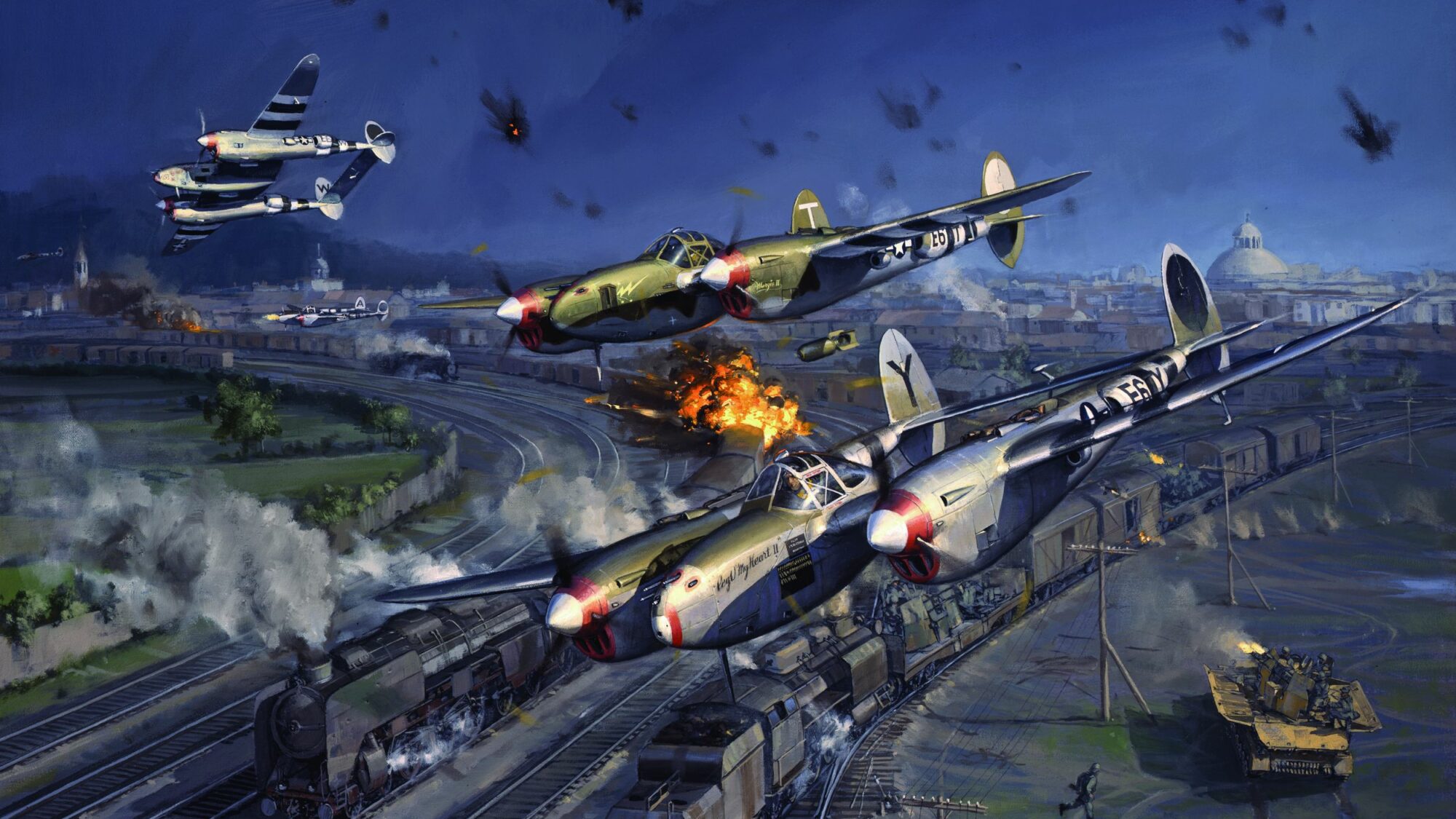
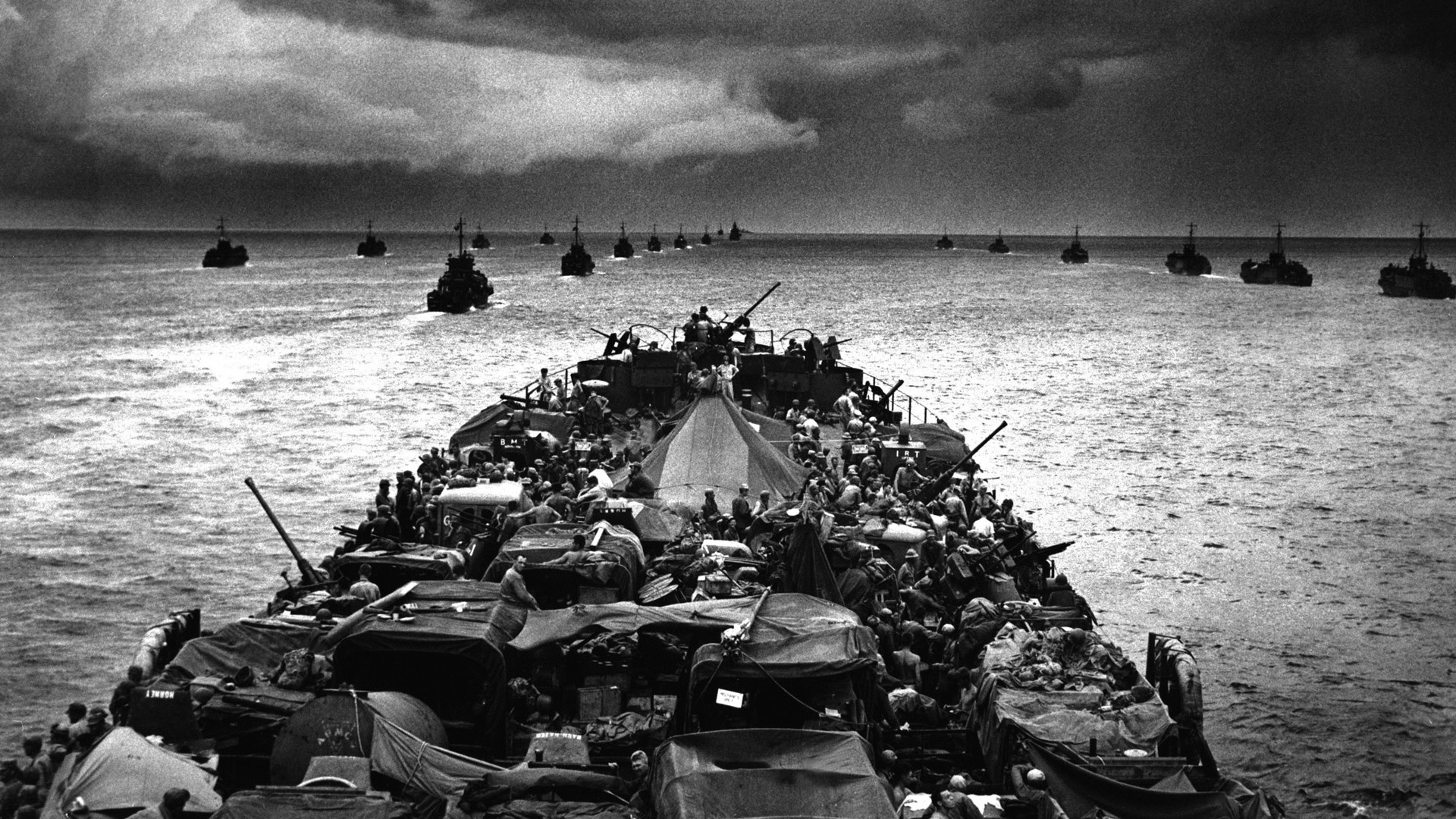
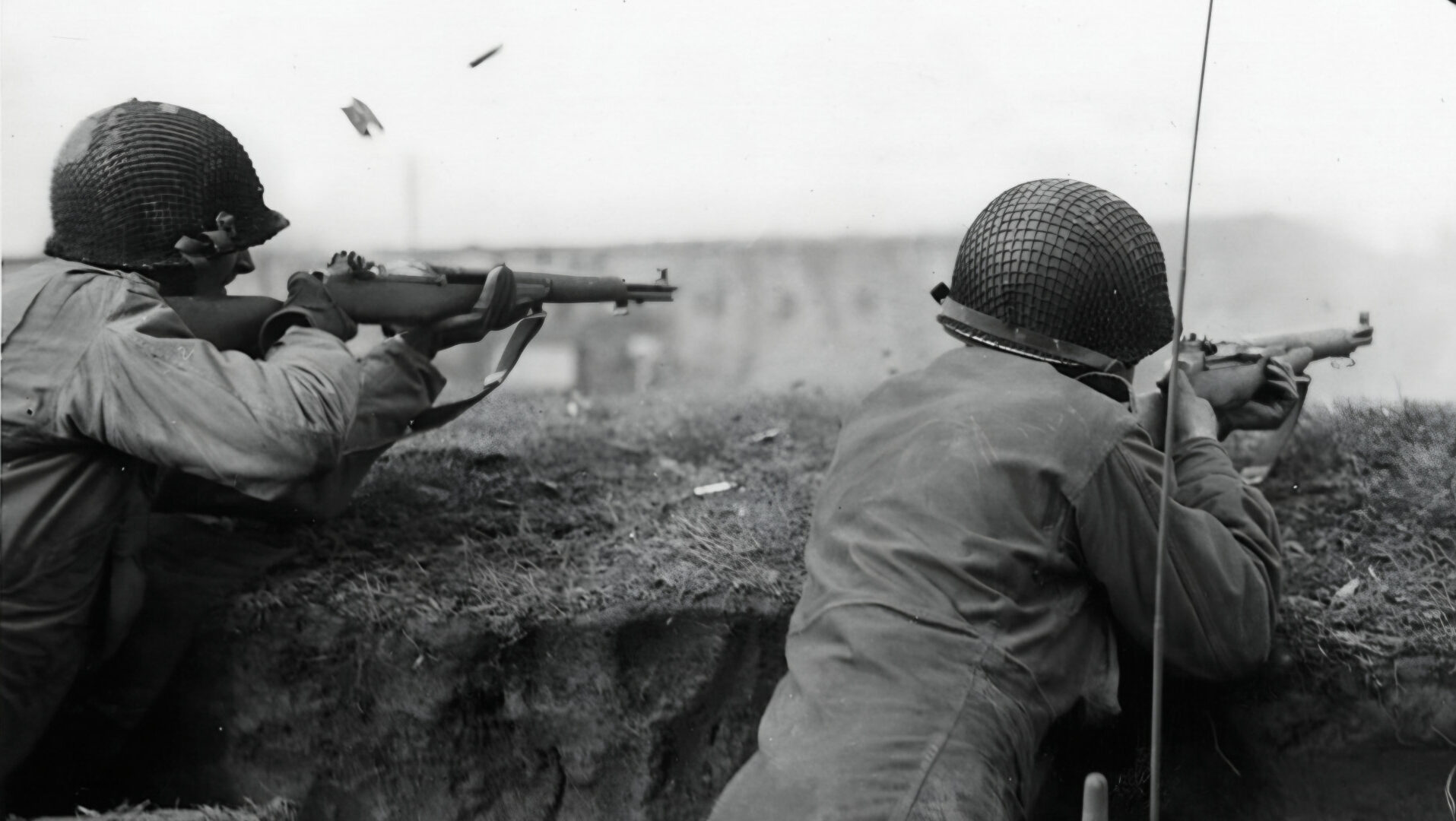
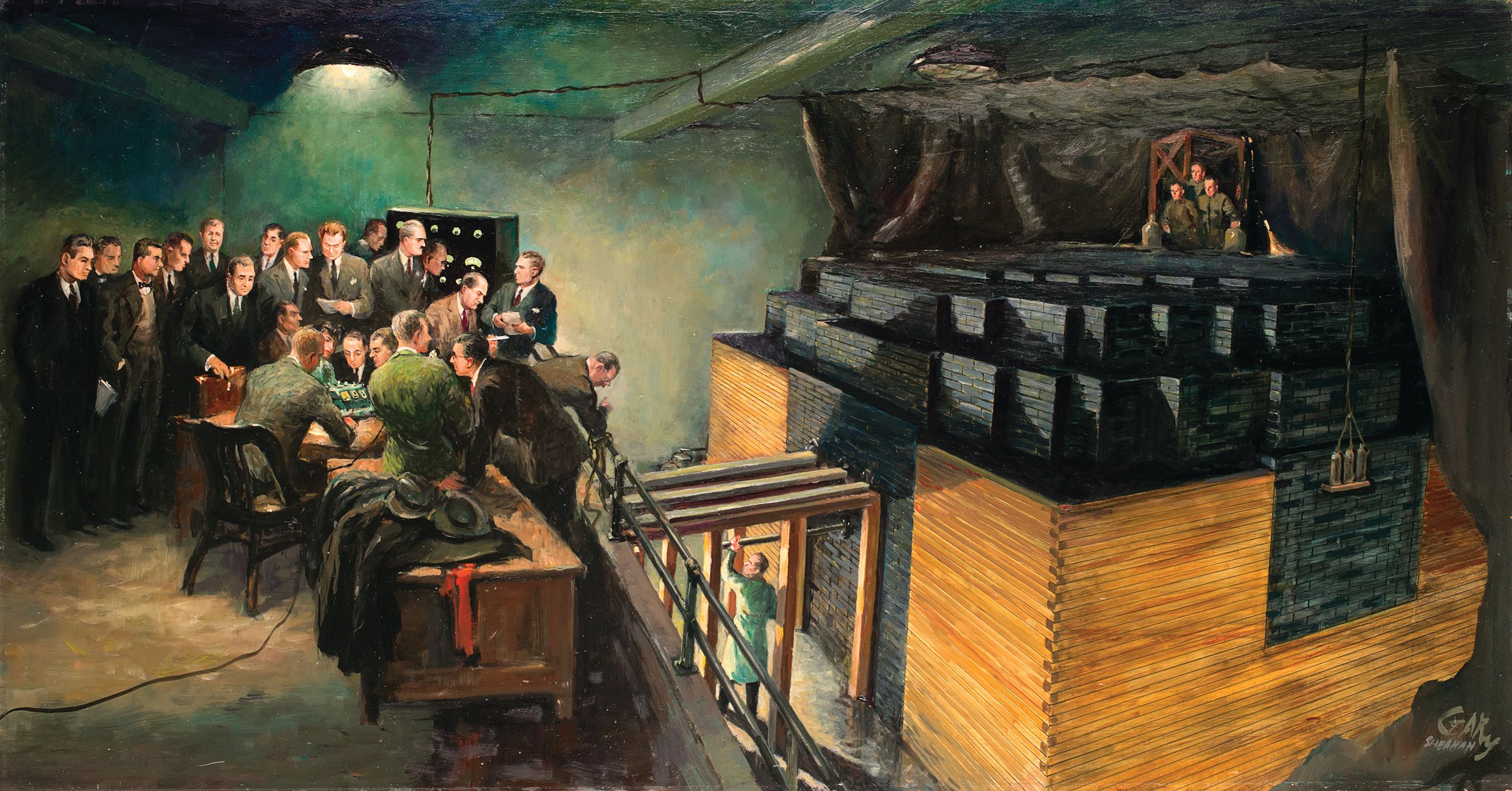
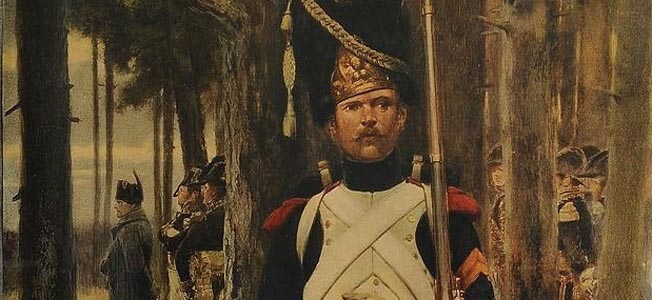
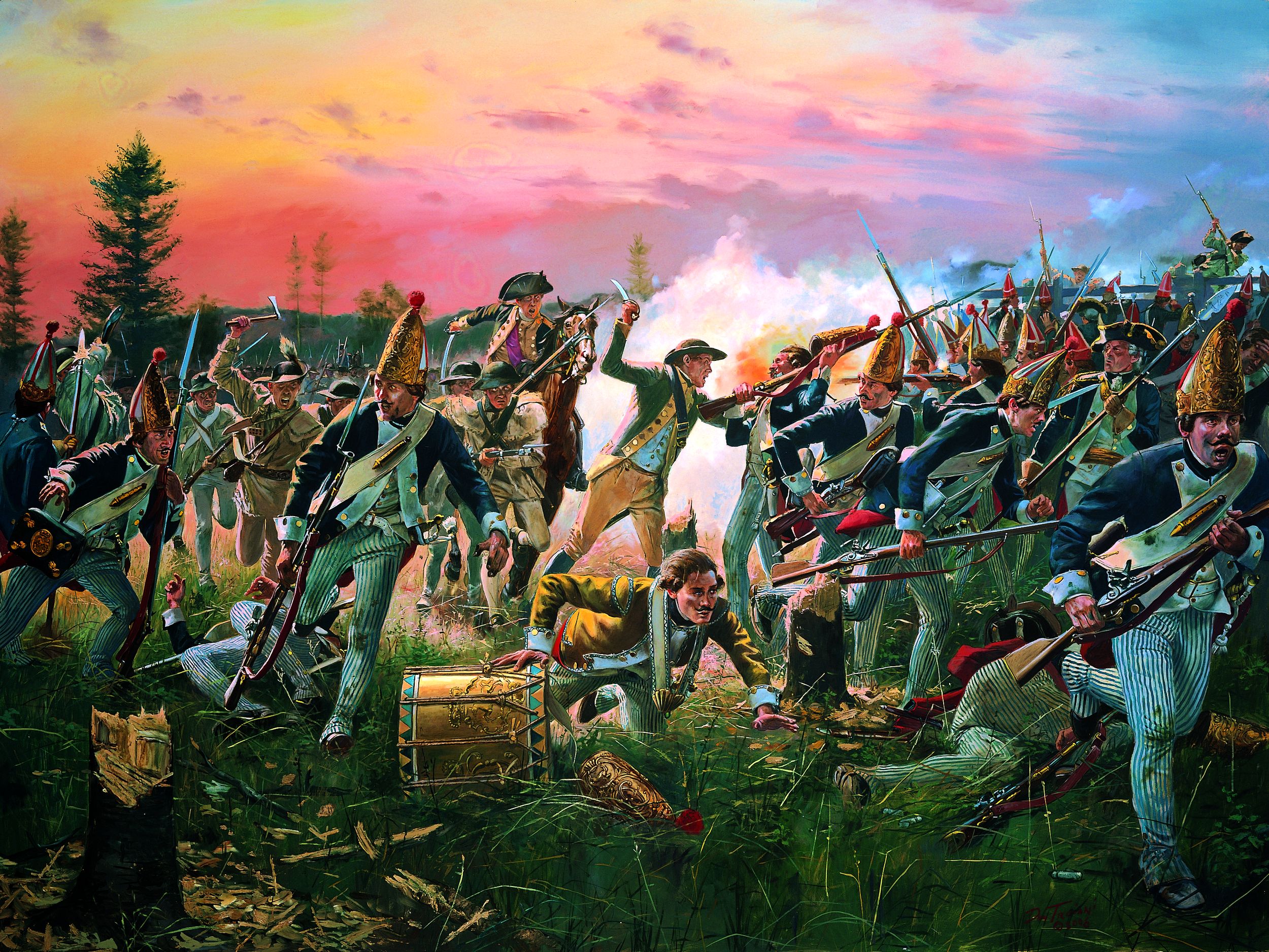
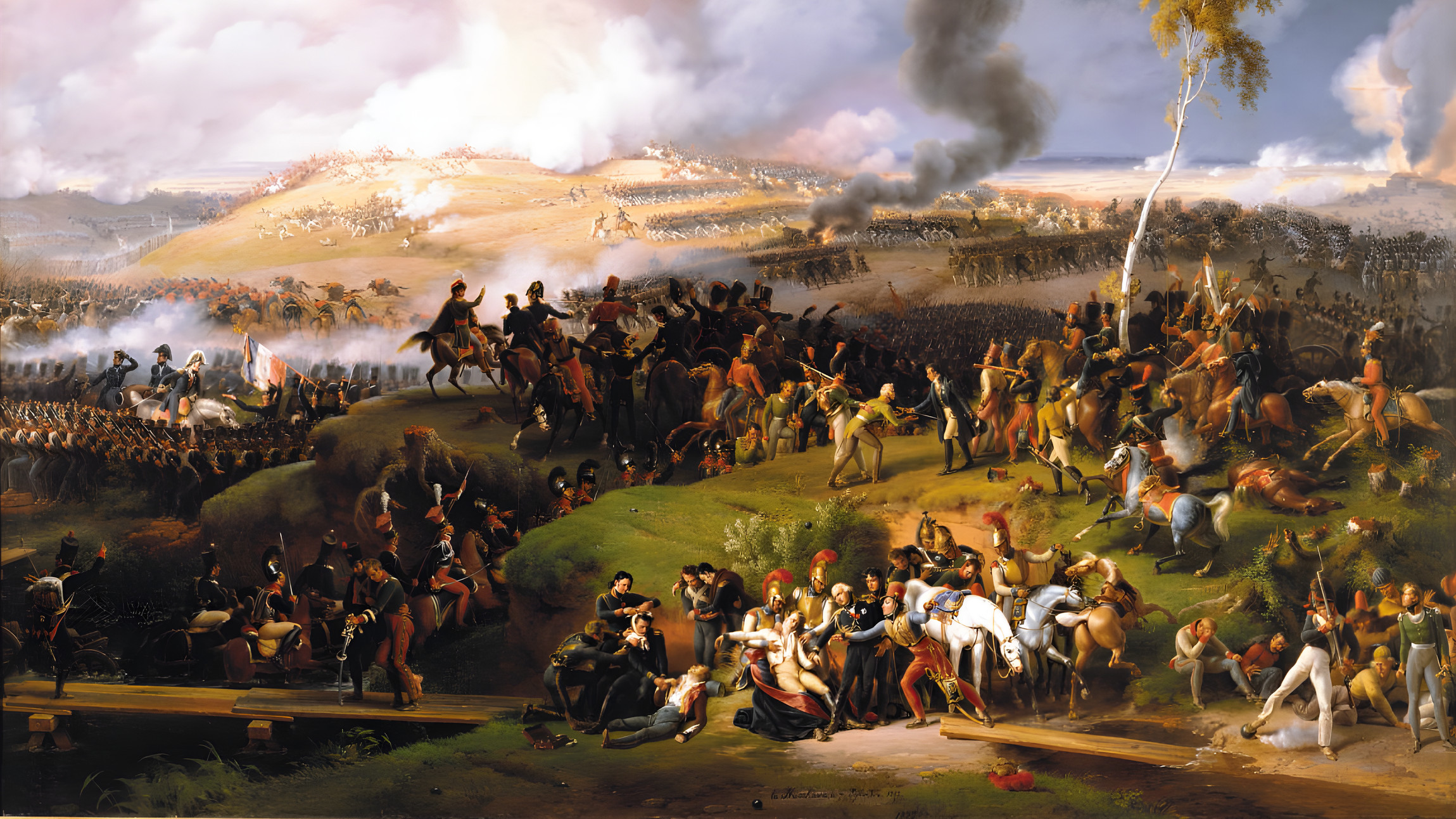
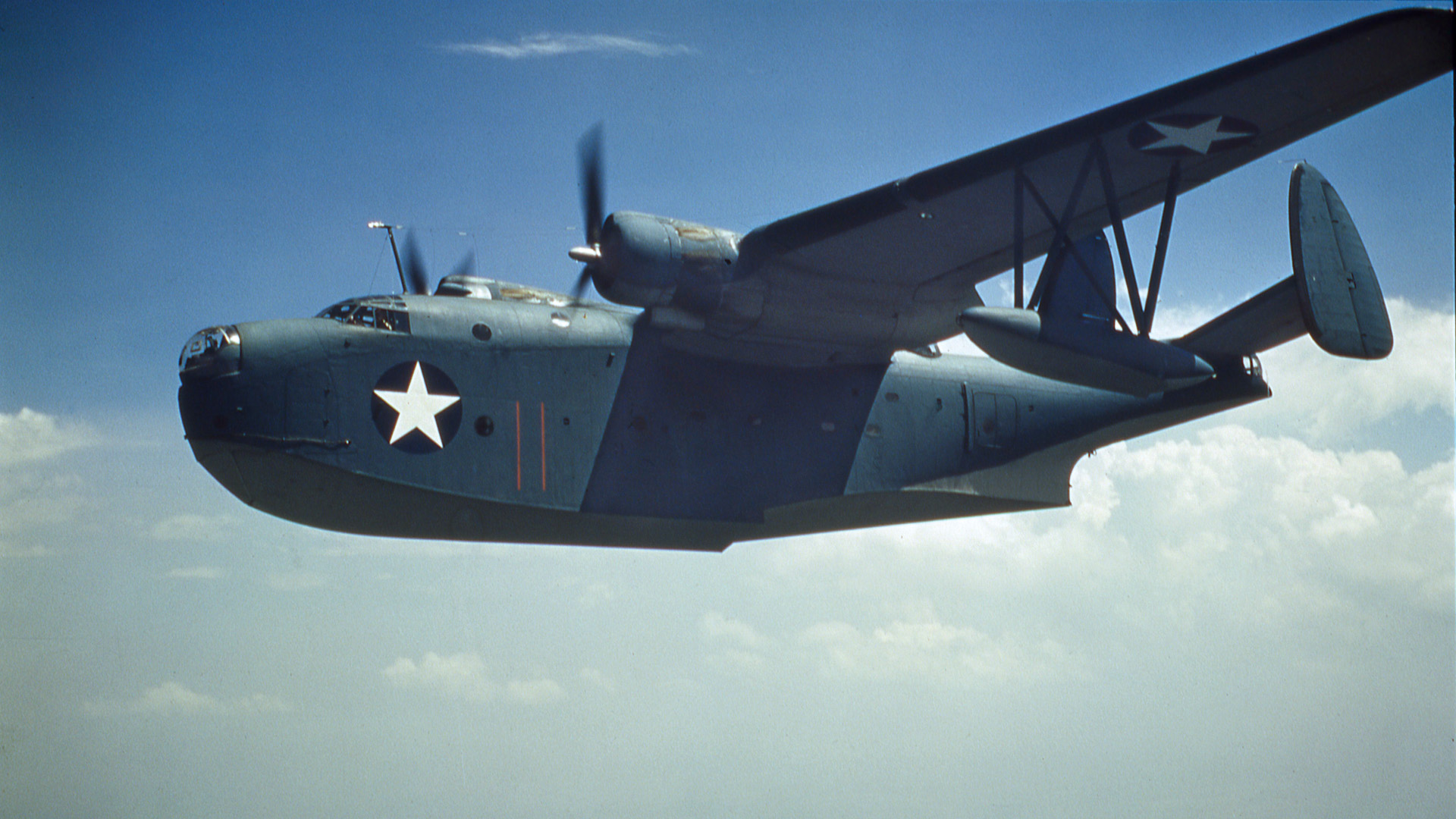
Join The Conversation
Comments